“Storytelling is more than simply an art – it is a crucial skill for life and commerce.”
– Tim Lott
Which is easier for a child to comprehend?
“2 plus 2 equals 4 (repeat 10 times and memorize).”
OR
“I have 2 apples, then a friend brings me 2 more. How many do I have now? Count.”
I’m sure you have heard or even used the second explanation with your own kids, younger siblings or other relatives. Why? Because it’s easy, engaging and actionable.
How is it that of the two identical examples (mathematically speaking), the second one is more compelling? Because it has less to do with math and more to do with life.
Storytelling is a powerful tool that speaks about complex things in a language that one can relate to. Many online teachers obsess over marketing simply because they focus on the marketing jargon instead of telling a simple and engaging story about their project or service.
You might have wrong associations with storytellers, as in, you might think they are a bunch of bologna and you want none of that. But the storytelling I’m talking about here is not a fantasy. It’s a narrative based on the specific events from the life of your ideal client. The day you learn to create and use it is the day that marketing ceases to be a chore. Let’s dive in.
Here are 5 basic ingredients for a successful story (to simplify things, I’m highlighting those you can’t do without):
- The Why
- Main Theme
- Main Character — Hero
- Conflict
- Resolution
#1: The Why
There’s a reason why you’re waking up every day and doing this work. It matters to you, even if others think you’re crazy. You may think you’re only teaching a language, but it’s more than that. Which of these options applies to you?
- You’re upset that people waste so much time learning a language via textbooks. You have a more efficient solution to help them use what they’ve learned.
- You feel for the immigrants who move into a country but can’t feel at home (whether at work or in life).
- You want to help people express themselves authentically in the environment that’s important to them (academia, business, family gatherings, school meetings).
- You’re frustrated with how long a certain subject is usually taught. You can offer a faster method.
The why is associated with a frustration. Something is wrong, and you feel like you need to fix it.
#2: Main Theme
This is what we sometimes refer to as “the niche.” If you wrote a story, you’d have one theme. If you were baking a cake, you’d have one result in mind. If you were drawing something, you’d have your initial idea.
Sure, the presentation might look different and improve over time (just like practicing the same recipe makes your cake look more appetizing), but the main theme remains.
The main theme starts with I believe.
It’s OK to be frustrated about something — perhaps it’s enough to drive you towards making a change. But the change you want to make is unique to you. It’s your solution or your core message.
Write down your core message. It doesn’t have to be polished, and it’s OK to brainstorm (write 20-30 I believe statements to see what resonates best). Last year I wrote a manifesto which spells out my core message in more detail.
Struggling to offer your teaching services to an indifferent web visitor? Try storytelling to connect and move passive audience to action.Click To Tweet
***
Ready to launch your new course? Check out strategies, timelines and templates for promotion in my mini-course:
#3: Main Character (Hero)
The hero of the story isn’t you with your degrees and distinguished diplomas.
The hero of the story is your ideal client whose frustrations and beliefs resonate with yours. I know, at first you can’t believe that there’s someone out there who actually “gets it.”
To this day it surprises me that the people who found me online, have worked with me and supported my work (including the most recent Kickstarter project) share my values. They tell me I read their minds, but all I do is write my story, which attracts those with similar ideas.
So take some time to journal and brainstorm about your ideal client (you can do it now, just set your timer for 2 minutes and go at it).
#4: Conflict
There’s a conflict in each story. That’s what turns our random visitors into readers, subscribers and eventually clients. They resonate with the conflict or tension that you create with your writing.
Obviously, if the only thing you share is 25 tips, there’s no conflict and then there’s no push to act. That’s why “25 tips” bring traffic but don’t turn it into clients.
You can still write a 25-tip post (or perhaps reduce it to 5!), but focus on
- why the person needs these things,
- what their struggle is,
- context (why they should care), and
- why they need guidance.
So if your audience is university professors frustrated with the gap between their new language skills and their professional expertise, which of these posts will resonate more with them?
“25 Phrasal Verbs That You Can’t Live Without Every Day”
OR
“5 Must-Use Expressions for University Professors Presenting in ____ Language”
Create conflict with your story, your blog post or your podcast. Conflict needs a resolution, but when your posts retell grammar books don’t be surprised that you struggle to get clients.
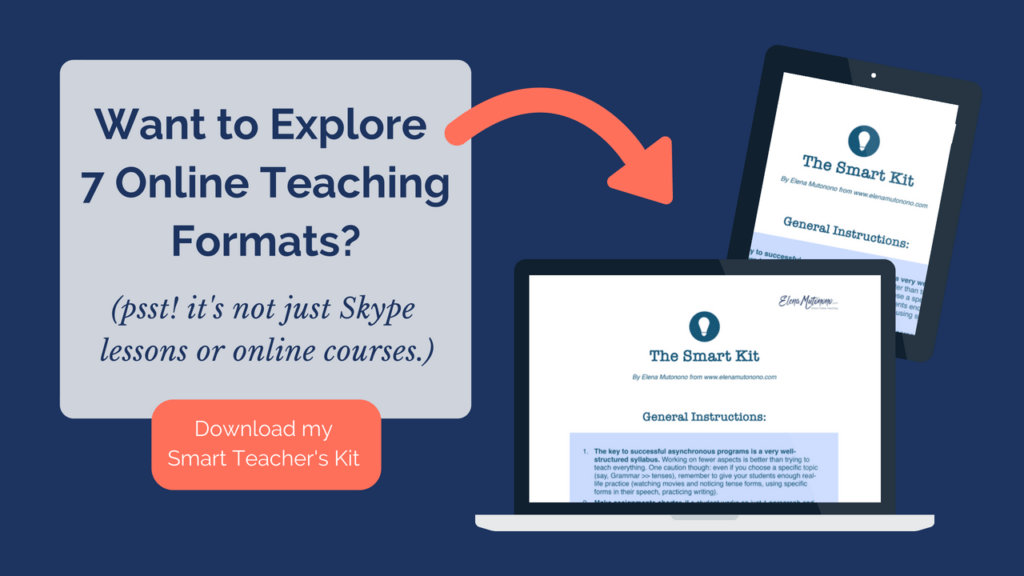
#5: Resolution
Tension has to be released. Every good story has a resolution. That’s what keeps you reading (or makes you skip to the last page – don’t judge me!).
In your online business your services (or products) are the resolution, but you have to be smart about what to offer.
Since people need time to make a decision to hire you, the smartest resolution would be to offer a quick solution for free. Instead of a free trial lesson/discovery call, I recommend a free product because it’s less intimidating.
Note: your lead magnet has to go with your core message/main theme and be really specific. Be ready to ask your potential client’s questions like:
- How is this going to help me?
- How is it different from what I find on other websites?
- How long is it going to take me to get results?
Find a resolution that will help your reader make the first step towards resolving their struggle. Then use your free product to over-deliver. Only then will you be able to get a new client or a valuable referral.
Practical application:
I used creative storytelling two months ago when I launched my first Kickstarter campaign. Just telling the world, “here’s my product, support it,” isn’t going to work. You need a story to draw people in, and of course you need a community too (more on that in the next post).
For now, I invite you to check out this project and use it as a case study to help you better understand how storytelling helps one sell an idea. Let me know about your findings and aha moments in the comments, will you?
P.S. A few free and paid resources that you might benefit from:
- My new book, Flowers in the Frost: The Untold Stories of Online Teaching uses creative storytelling to share important practical lessons for running an online teaching business (and sticking with it when things get tough).
- Veronika Palovska’s Brand Story Kit and Brand Manifesto will walk you through the process of digging deeper into your brand (instead of comparing or copying the success of others).
- Trisha Traughber’s free creative writing email course Capture, Create, Connect.
- Bernadette Jiwa’s book Story Driven or her blog.
- Tim Mott’s article I quoted in the beginning of this post: “Ditch the Grammar and Teach Children Storytelling Instead.”
The post was updated in April, 2021.

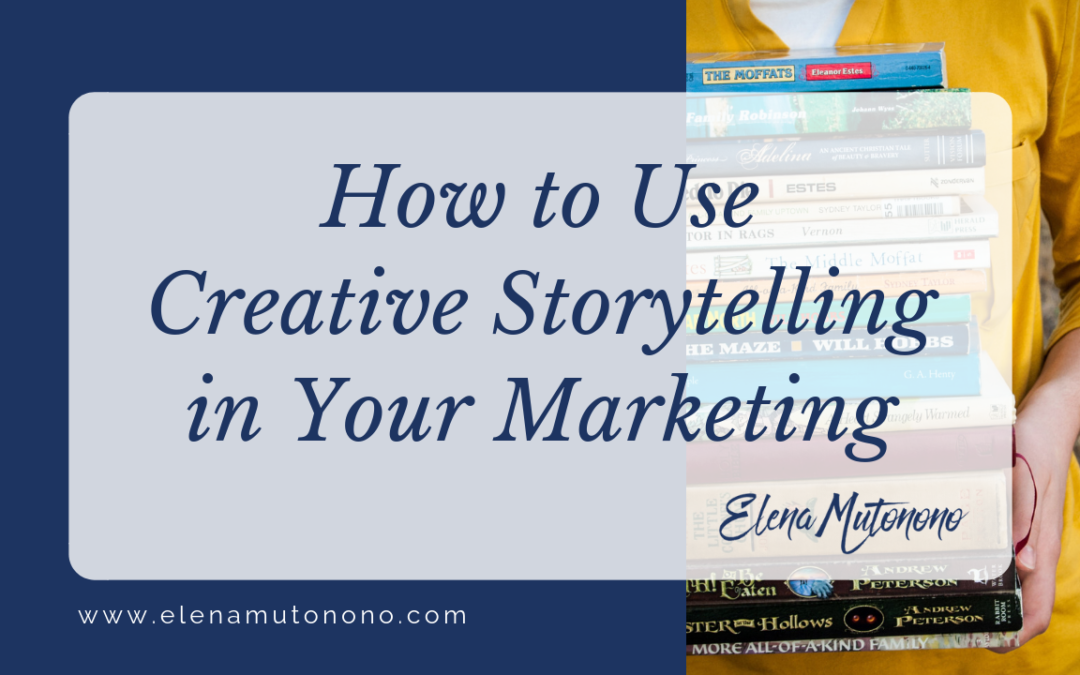

 Welcome to my nook where *Big Magic* happens. My name is Elena Mutonono, I help small business owners package their services as digital products and sell them online. I want you to work smarter, not harder. Increase your impact beyond your current face-to-face clients. Grow your business as you reach more people all over the world.
Welcome to my nook where *Big Magic* happens. My name is Elena Mutonono, I help small business owners package their services as digital products and sell them online. I want you to work smarter, not harder. Increase your impact beyond your current face-to-face clients. Grow your business as you reach more people all over the world.
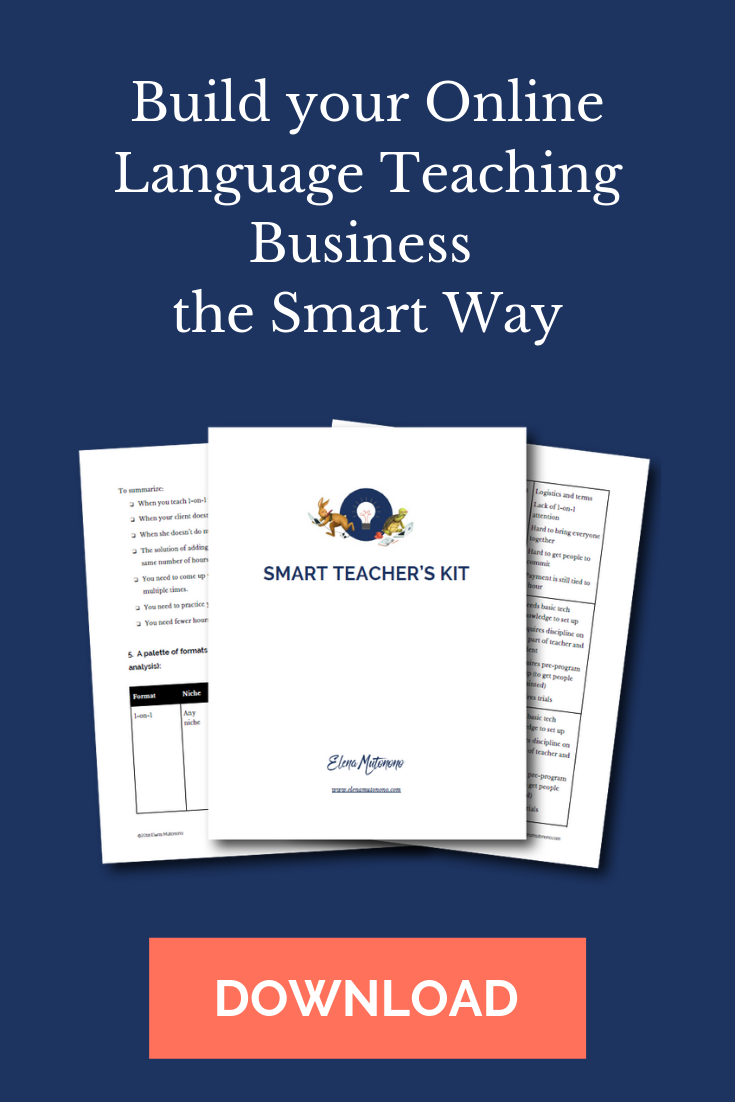
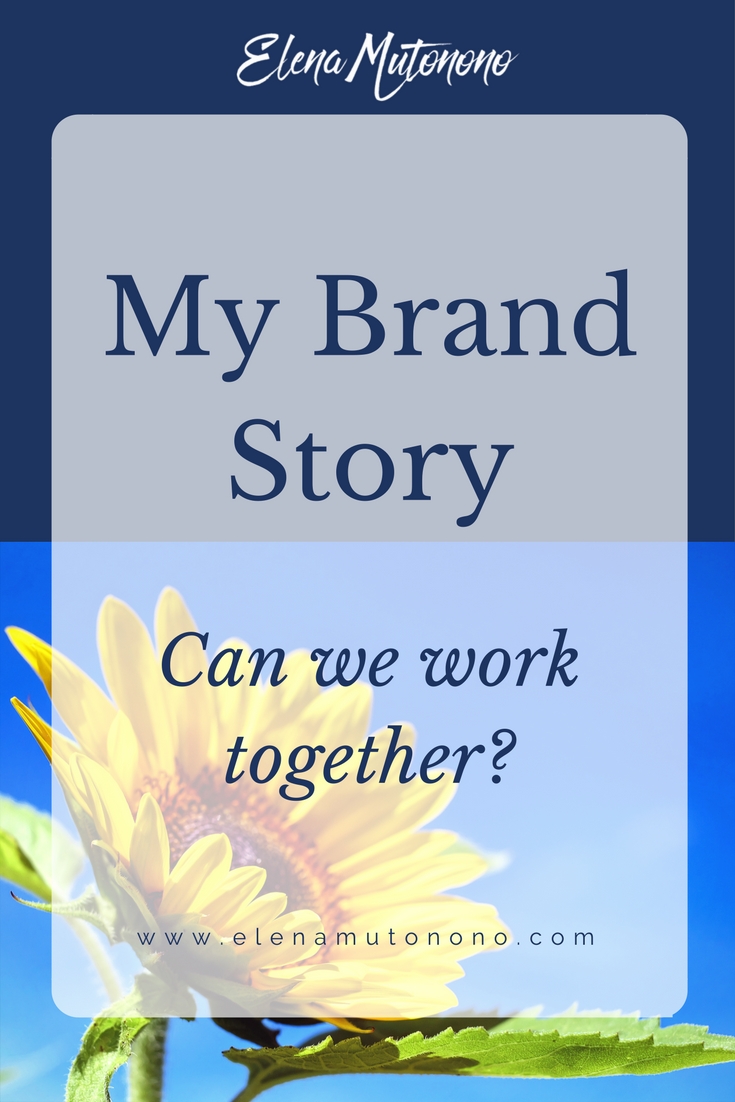



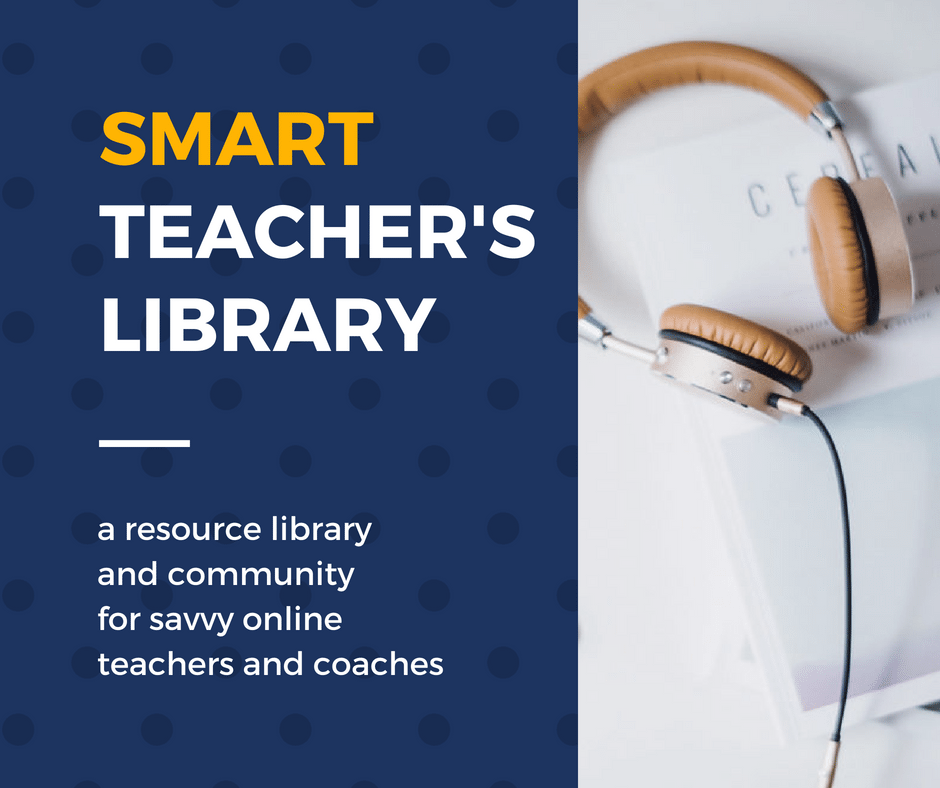
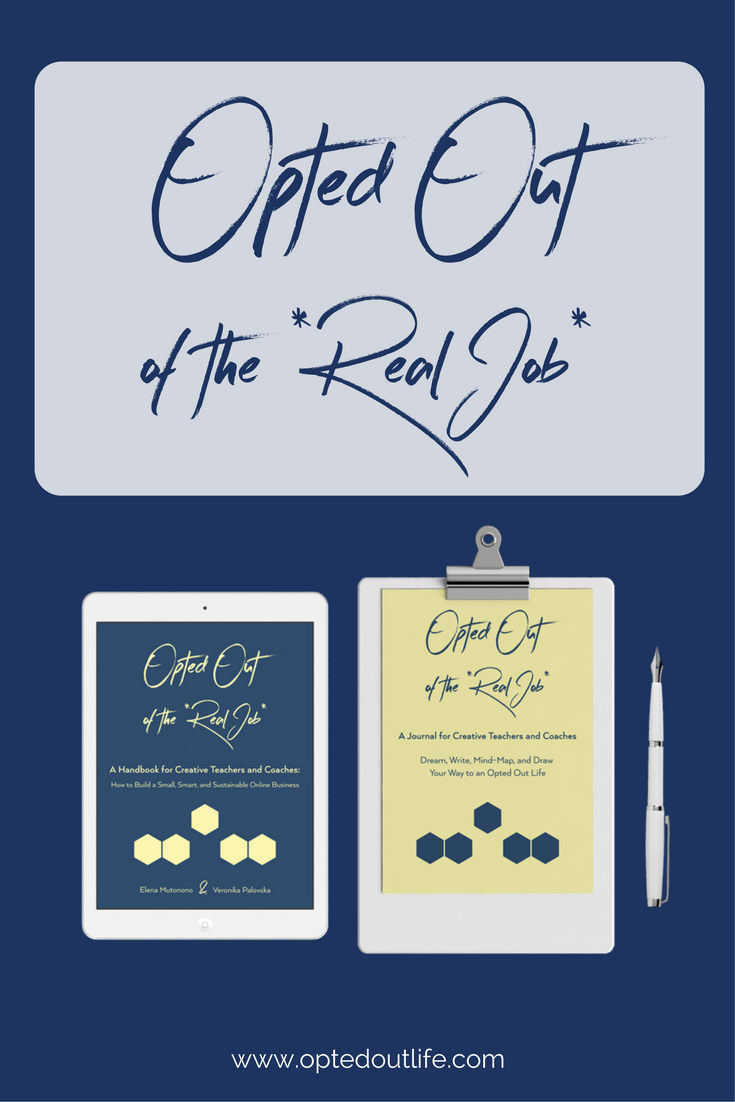

I congratulate you for this article. It is the first time I read something about storytelling that is straight to the core. Your explanations about what motivate you and your readers are the key to understand the whole concept. I apologize for my writing. English is not my first language, however I try to do my best. Regards
Thank you for stopping by. Glad it was helpful, Juan!
Thanks mam